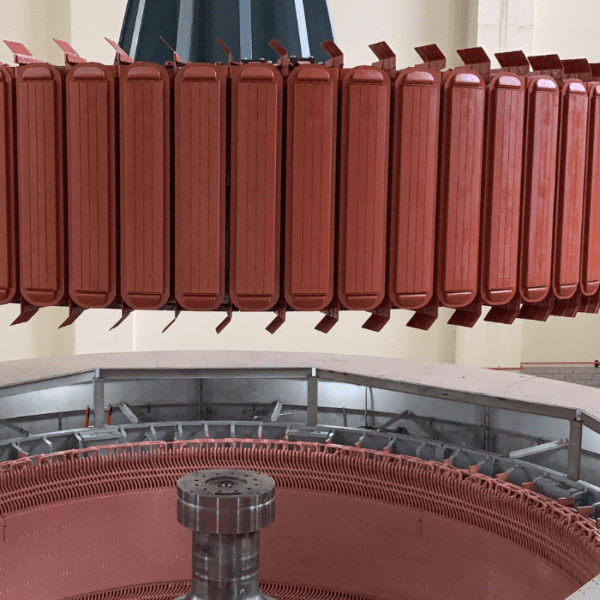A federal judge in Georgia in August 2021 held that the U.S. Army Corps of Engineers may modify operations of a series of federally owned hydropower projects on the Chattahoochee River to increase water storage and withdrawals for the Atlanta metro region.
Atlanta is home to the first-ever annual industry-wide Clean Currents tradeshow + conference, owned and operated by the National Hydropower Association. The event occurs in person the week of October 18, 2021, at the Georgia World Congress Center. Even in these extraordinary times related to the coronavirus pandemic, more than 70 percent of the hydro capacity is expected to be represented, including the Corps.
The case is one of many disputes between the states of Georgia, Alabama, and Florida on how to divide the waters of the Apalachicola-Chattahoochee-Flint (ACF) basin among them.
This particular case is reflective of the challenges faced by a federal agency that manages multi-purpose projects, particularly in an era of increasing water supply needs. Many non-federal hydropower projects similarly serve multiple purposes in addition to hydropower generation with numerous stakeholders and opposing interests that become even more acute in times of drought.

The Deep Dive
The Corps operates five dams and hydroelectric projects on the Chattahoochee River. The river stretches from northeastern Georgia and flows southwest toward Alabama and empties into Lake Seminole at the Florida-Georgia line. The uppermost project, Buford Dam, impounds Lake Lanier, which is a significant source of municipal and industrial water supply for the city of Atlanta.
In 2000, the state of Georgia asked the Corps to modify its operation of Buford Dam to allow additional water withdrawals from Lake Lanier to meet the state’s projected water demands through 2050. This would require the Corps to re-allocate a portion of water storage in the reservoir from hydropower generation, navigation, and fish and wildlife conservation purposes to water supply.
After years of legal challenges, the Corps prepared an Environmental Impact Statement (EIS) to analyze the effects of the proposed change in operations and approved the proposal in March 2017.
The state of Alabama and several environmental groups filed a legal challenge to the Corps’ decision and the EIS. They argued that the Corps was barred under federal law from re-allocating water storage without Congressional approval, that the Corps gave too much weight to water supply and hydropower generation purposes and not enough to fish and wildlife conservation, and that the Corps’ decision should be reversed because the EIS was legally insufficient under the National Environmental Policy Act (NEPA).
The court denied these claims and held that the Corps had authority to modify project operations to provide additional storage for Georgia’s water supply purposes. Noting that the Corps has significant discretion to balance competing purposes at its multi-purpose reservoirs, the court found that the Corps reasonably concluded that it can modify project operations without significant effects on other project purposes or downstream users.
The court agreed with the Corps that, while additional water storage would decrease hydropower generation at the Buford project, it would not significantly reduce hydropower operations across the ACF system. The court also found that the Corps’ EIS met NEPA requirements.











